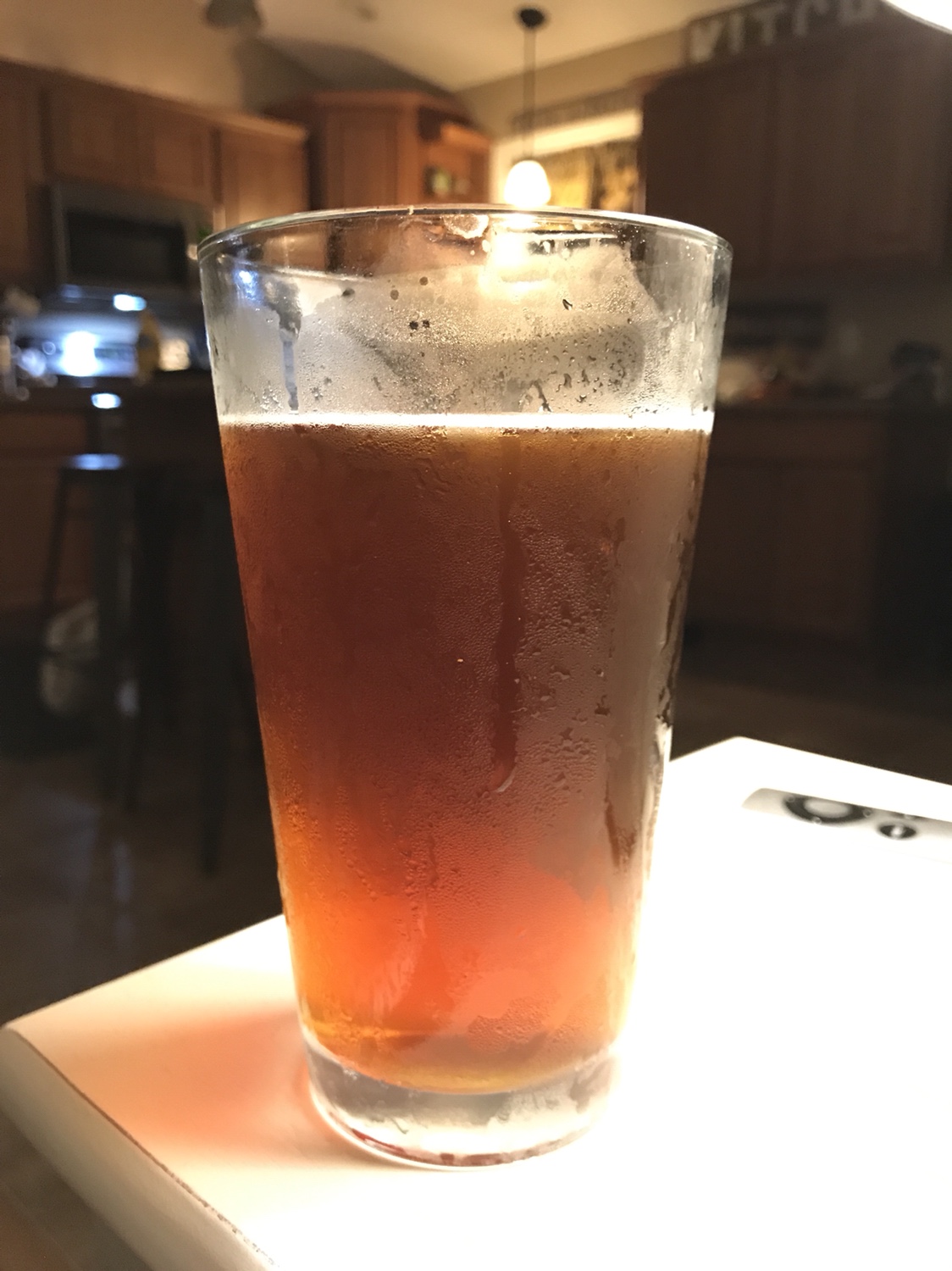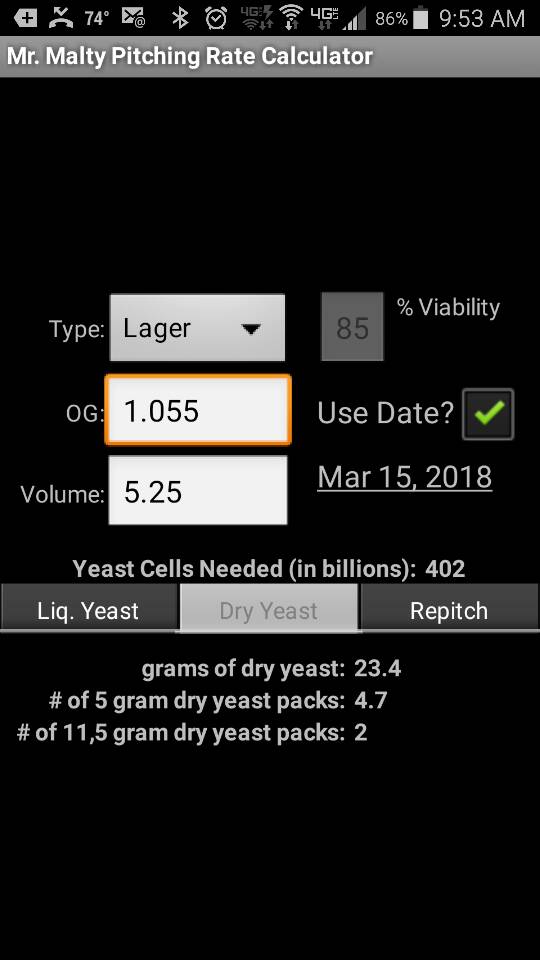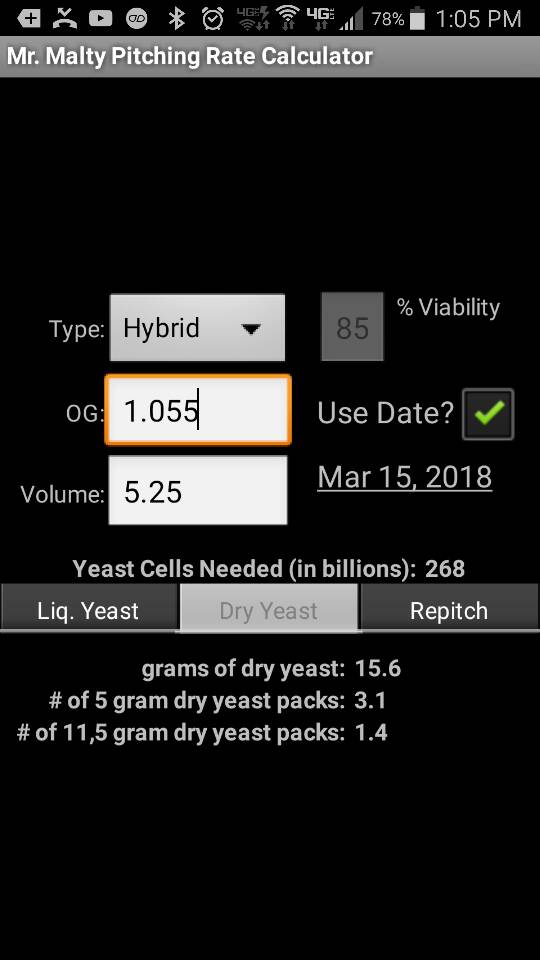wobdee
Junior Member
Forgive me I’ve not read all 19 pages - and I’m new so cut me some slack...
But my first brew in years in conditioning now it’s a Budweiser clone and - as I used to work for them - I’m just blindly copying their temperature profile which is warmer than you’d normally expect for a lager (I think but maybe not?)
So I chilled the wort down to about 21C and pitched using Mangrove Jack’s Bohemian Lager yeast - which I have no idea how good / bad it is.
I then kept this at 17C for 7 days as the gravity dropped from 1052 down to 1013 - it’s now in what we would have called chips at 13C for two weeks - minus any beechwood.
Next week I intend to crash it down to 0 and fine - this is where it would be centrifuges and filtered so my method diverges from the brewery but I’ll prime and bottle after a couple of days at 0 and see how it looks / tastes.
This is interesting. Im sure other big breweries ferment somewhat warm for their Lagers but i also think they can get away with it because of the natural pressures in their HUGE fermenters which will help supress esters. There are some threads around about pressure fermentation that may be an interesting read.








































![Craft A Brew - Safale BE-256 Yeast - Fermentis - Belgian Ale Dry Yeast - For Belgian & Strong Ales - Ingredients for Home Brewing - Beer Making Supplies - [3 Pack]](https://m.media-amazon.com/images/I/51bcKEwQmWL._SL500_.jpg)



